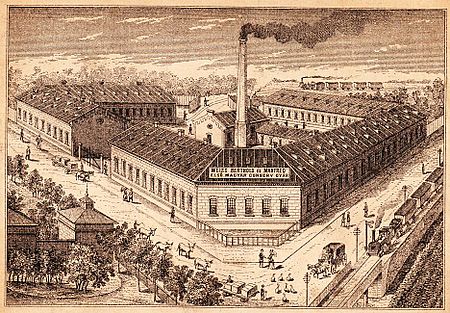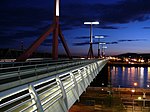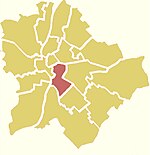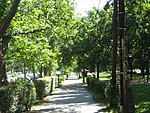Manfréd Weiss Steel and Metal Works

The Weiss Manfréd Acél- és Fémművek ("Manfréd Weiss Steel and Metal Works"), or colloquially Csepel Művek ("Csepel Works") was one of the largest machine factories in Hungary, located on Csepel island in the southern part of Budapest, founded in 1892. It was the second largest industrial enterprise in the Austro-Hungarian Monarchy, and the biggest industrial enterprise in the Hungarian half of the Empire. It played an integral role in the heavy industry and military production of the Austro-Hungarian Monarchy. Founded by Baron Manfréd Weiss of Csepel, an industrialist of Jewish origin, by the time of World War I the company was one of largest defense contractors in Austria-Hungary, producing all types of equipment, from airplanes and munitions to automotive engines, bicycles Csepel bicycle and cars. Badly damaged by Allied air raids and eventually pillaged during World War II, the company continued in existence until 1950, when it was nationalised and renamed to Rákosi Mátyás Vas- és Fémművek ("Mátyás Rákosi Iron and Metal Works NV", where "NV" means Nemzeti Vállalat, "National Company").
Excerpt from the Wikipedia article Manfréd Weiss Steel and Metal Works (License: CC BY-SA 3.0, Authors, Images).Manfréd Weiss Steel and Metal Works
Kis-Duna sor, Budapest Csepel-Szigetcsúcs
Geographical coordinates (GPS) Address Nearby Places Show on map
Geographical coordinates (GPS)
| Latitude | Longitude |
|---|---|
| N 47.449722222222 ° | E 19.078611111111 ° |
Address
Hanglokátor
Kis-Duna sor
1211 Budapest, Csepel-Szigetcsúcs
Hungary
Open on Google Maps










